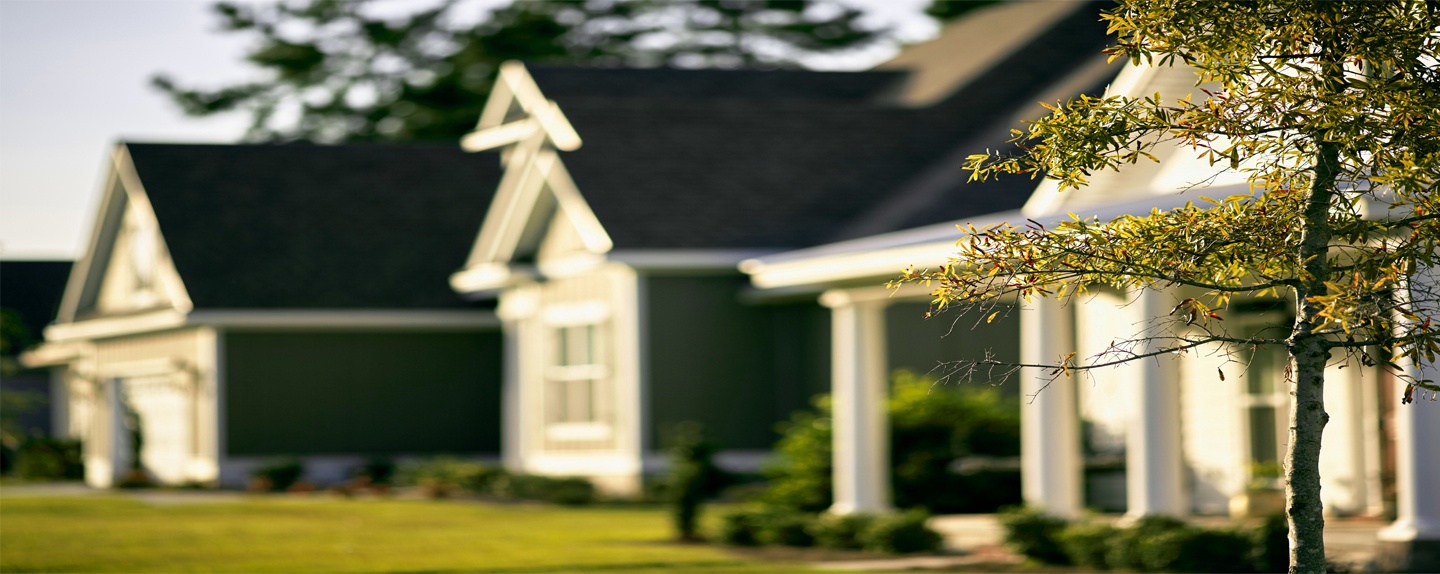When you think of crabgrass, what comes to mind? A crustacean made of grass? A lawn that looks angry and dried out? Crabgrass is, thankfully, not a crustacean made of grass. It is an adaptive, weed-like plant that can take over any beautiful lawn.
But just because crabgrass is a sneaky weed doesn’t mean you have no defense against it. The key is to know what to look for so you can treat it quickly.
So, What Does Crabgrass Look Like?
Crabgrass can be especially hard to identify because it can adapt to—and look different in—any lawn. Its seedlings can resemble a cornstalk with leaves that branch out. As the crabgrass starts to mature, you’ll see grass with thicker blades than the rest of your lawn. These blades are attached to a stem that looks like a star.
The grass can grow up to six inches with smaller blades, or it can grow up to 48 inches with hairy blades. Based on this description, you’re probably wondering why it’s called crabgrass. It’s called crabgrass because, as it starts to invade a lawn, it spreads out with long branches that turn in angles—like a crab’s leg.
Adding to its complexity, the color of crabgrass can vary from light green to a darker, deep green.
After all that, you’d think you can spot crabgrass. But there’s another grassy weed to throw into the mix—barnyard grass. What’s the difference between the two? Crabgrass usually starts to appear in May, while its cousin barnyard grass starts popping up in August. Barnyard grass has a long, thin stem with leaves that shoot off the main stem. The seed heads are usually between two and three inches long. The base of a barnyard grass plant is maroon. Taking regular care of your lawn can help prevent crabgrass and barnyard grass.
What Makes Crabgrass so Bad?
I know what you’re thinking: Crabgrass can’t possibly take over my entire lawn, can it? Unfortunately, if left untreated, it can. Crabgrass is annual, which means if you don’t treat it, it returns every year. Moreover, it’s more than just an unsightly weed; crabgrass steals nutrients from your lawn.
How Can I Treat it?
Preemergent herbicides are the most common way to treat crabgrass. Like its name suggests, preemergent herbicides are to be applied before the crabgrass seeds germinate, which stops the weed before it emerges from the soil. There will likely still be some seeds that survive the preemergent treatment, though, so it’s best to treat your lawn throughout the season. You can also buy a product that contains preemergent and post-emergent herbicides to keep crabgrass under control. Check your lawn for any crabgrass seedlings before you mow.
Crabgrass likes dry and unhealthy lawns, so keeping your lawn healthy can help prevent its spread. Performing regular treatments on your lawn as well as using fertilizer can help give your lawn the nutrients it needs to fend off crabgrass.


